ECHA Gears Up to Propose Restrictions on Specific Chromium VI Substances

The European Chemicals Agency (ECHA) has received a directive from the European Commission to formulate a restriction proposal under the requirements of Annex XV of the REACH Regulation, targeting at least two Chromium (VI) substances. The proposal is expected to be submitted by October 4, 2024, as specified in the Commission’s directive, accessible in full […]
European Commission Takes Bold Steps to Combat Microplastics Pollution
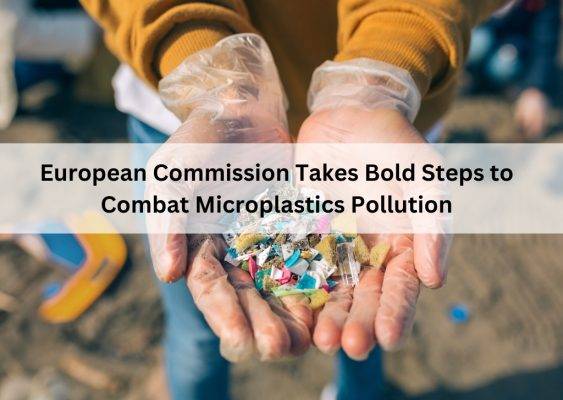
On September 27, 2023, the European Commission made a noteworthy move to combat microplastic pollution. They introduced an amendment to Regulation (EC) No 1907/2006 (REACH) to restrict the intentional use of microplastics. This addition is part of Annex XVII under the EU REACH chemical legislation and focuses on synthetic polymer microparticles. Specifically, it restricts synthetic […]
ECHA Implements New Measures to Enhance Battery Safety

Helsinki, 17 August 2023 – As part of the modernization of the EU’s battery regulatory framework, ECHA has received new projects to assist the European Commission in its operations. As part of this project, the Office will help improve a Commission report on substances of concern found in batteries or utilized in their assembly. These […]
Identification and Impact of substances of high concern
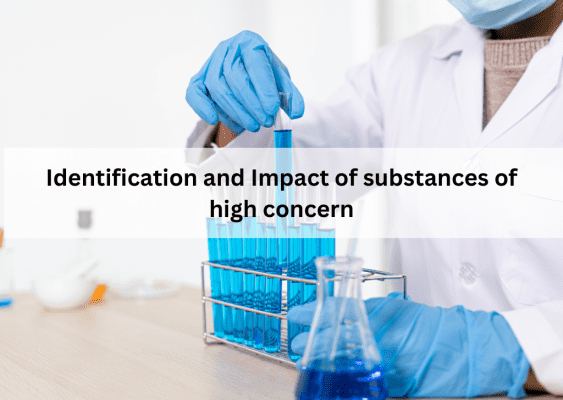
The European Chemicals Agency (ECHA) has amended the REACH Candidate List, a list of compounds of very high concern (SVHC), more than 25 times. The European Commission requests that EU member states or ECHA include substances on this list. The substance may become a very high concern substance after a detailed review and unanimous approval. […]
Reporting on Chemical Safety and REACH Compliance with IUCLID

The International Uniform Chemical Information Database (IUCLID) has recently updated its information requirements for registering chemicals in accordance with the REACH Regulation to ensure they comply with the regulation. As a result of the streamlined formats and absoluteness check rules included in REACH, companies can easily report their compliance with REACH requirements. This helps to […]
ECHA adds two new substances to the REACH SVHC list.
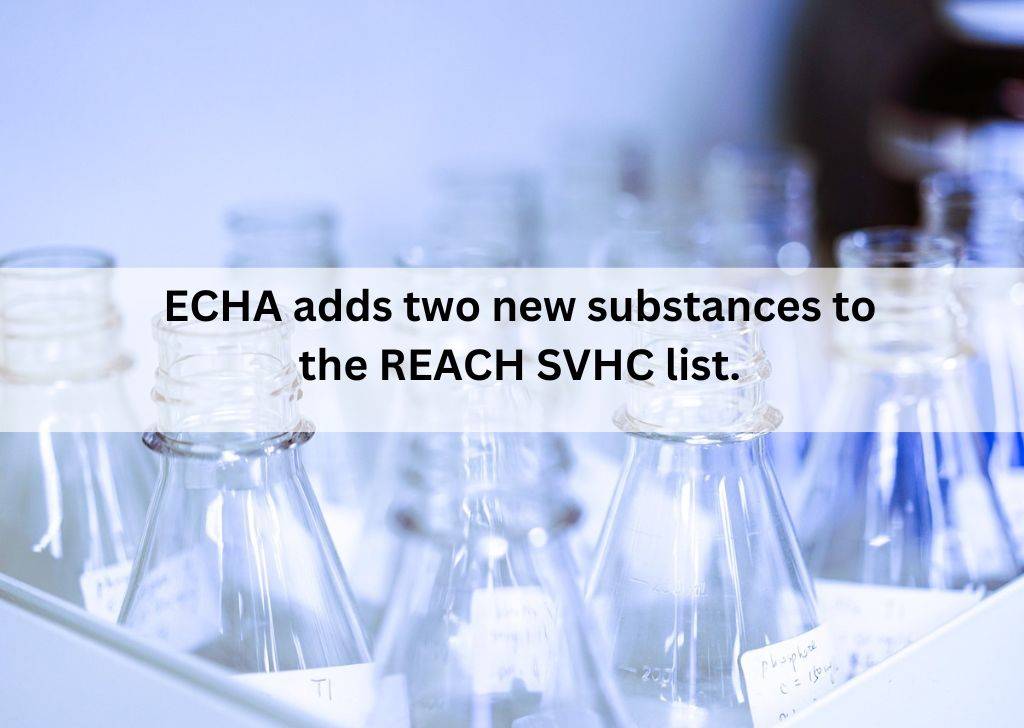
The European Chemicals Agency (ECHA) has updated the Candidate List of substances of very high concern, which now includes 235 hazardous chemicals. The new chemicals have been added to the REACH SVHC Candidate List to ensure a high level of protection for the environment and the health of humans when it comes to hazardous chemicals, […]
ECHA (European Chemicals Agency) adds 8 more substances for REACH Authorisation – 11th Recommendation kicks in.
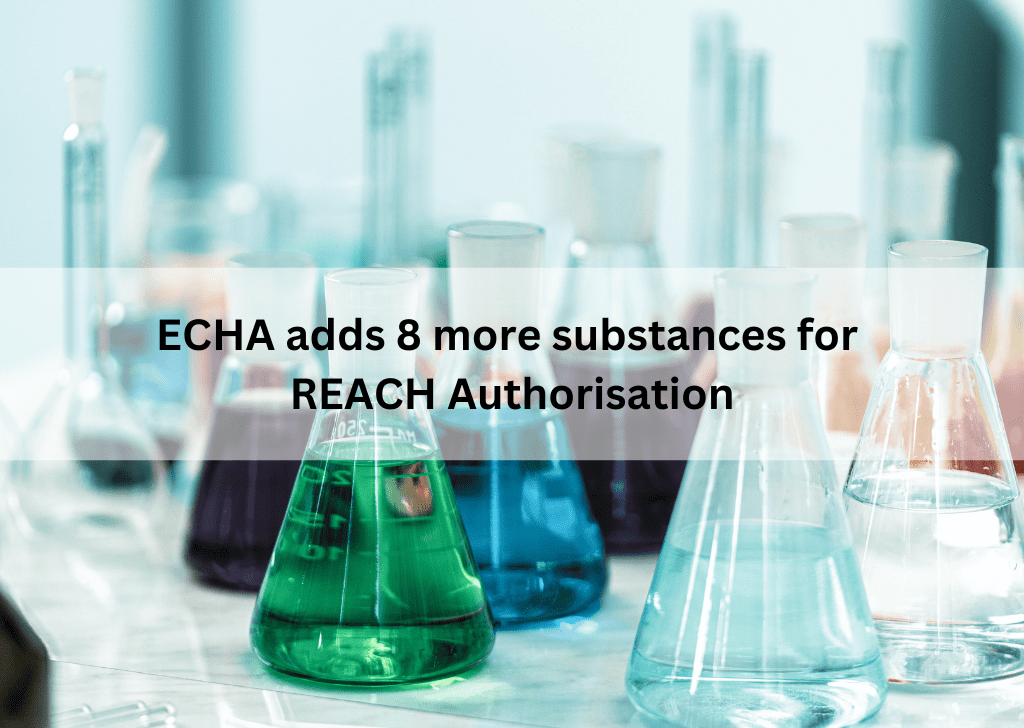
To ensure proper control of risks for human health and the environment ECHA recommends that the European Commission adds eight substances to the REACH Authorisation List including Lead. Use of Lead in batteries, ammunition, cables, vehicles, machinery, electronics, radiation shielding, sanitary, construction, art and musical instruments comes under the scope of authorisation. As a reprotoxic […]
Hazard Classification of Glyphosate by EFSA and ECHA
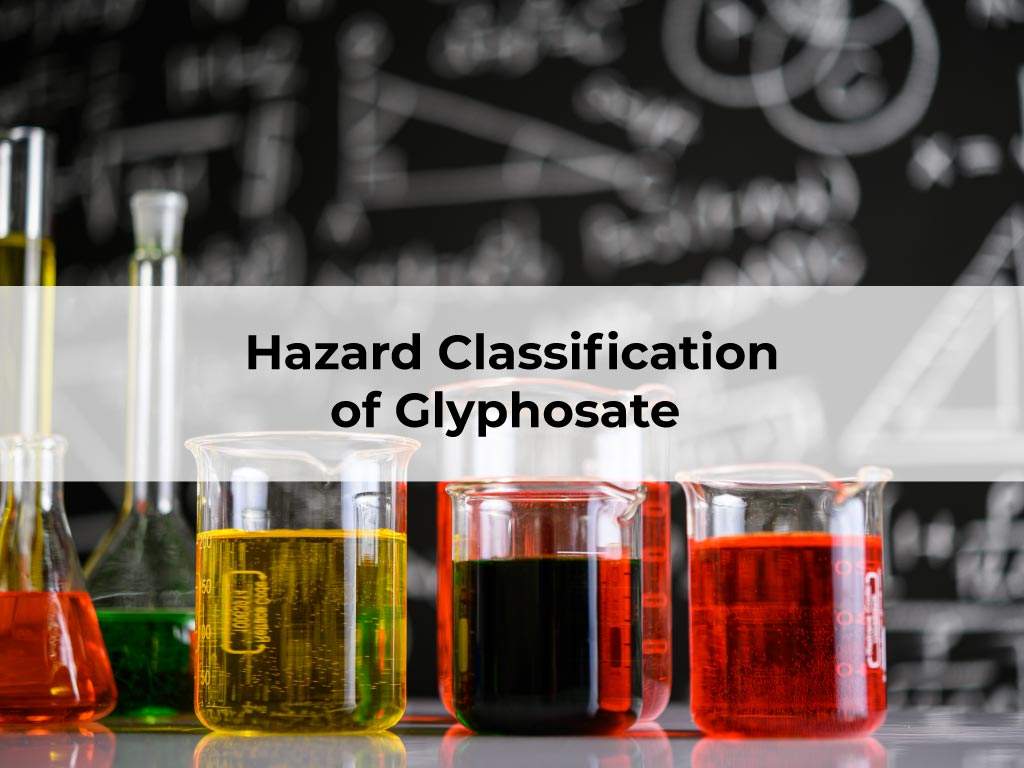
A record number of comments were received during EFSA and ECHA’s consultations on the draft assessments of glyphosate, indicating that it is a highly relevant substance. The level of public participation in the evaluation of active substances in the EU highlights the importance of transparency. As of 10 May 2022, EFSA added significant new data […]
Consultations Launched for Applications for Authorization
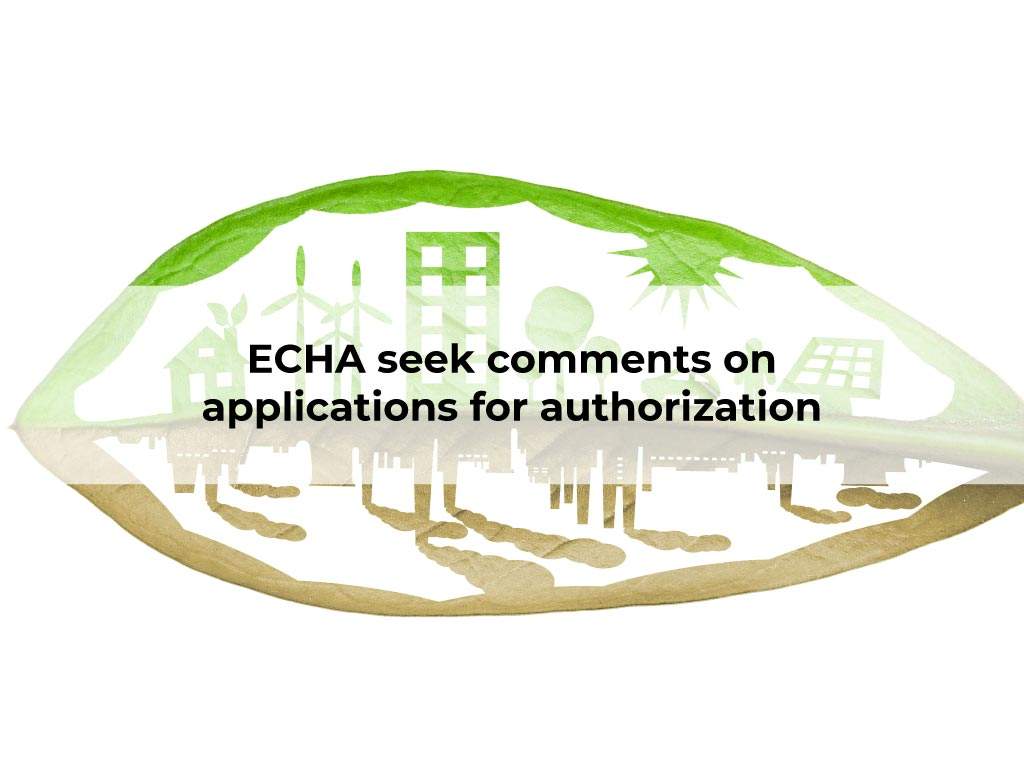
The European Chemicals Agency (ECHA) is seeking comments on 13 applications covering 17 uses of the following: chromium trioxide (EC 215-607-8, CAS 1333-82-0): It is used to functional chrome plate, anodize aluminum spars or electroplate shock absorber rods, coat substrates with chrome, etch and electroplate substrates. In addition to its industrial applications, this chemical is […]
ECHA Postpones Submission Data for Bisphenol a Restriction Report
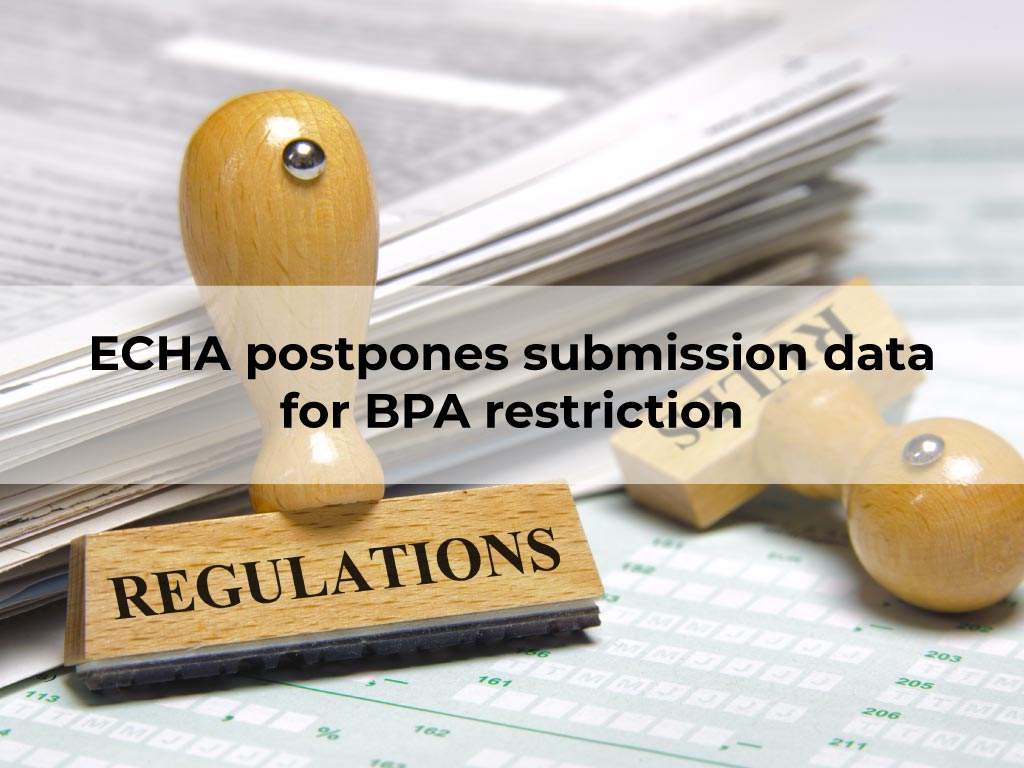
According to ECHA, the submission of the 4,4′-isopropylidenediphenol (bisphenol A, BPA) (EC 201-245-8,CAS 80-05-7) restriction report by Germany has been postponed until 7 October 2022. European Chemicals Agency (ECHA) is seeking comments on the substance and examples of its uses: N-(Hydroxymethyl)acrylamide (EC 213-103-2, CAS 924-42-5) used as monomer for polymerization. The chemical Bisphenol A (BPA) […]